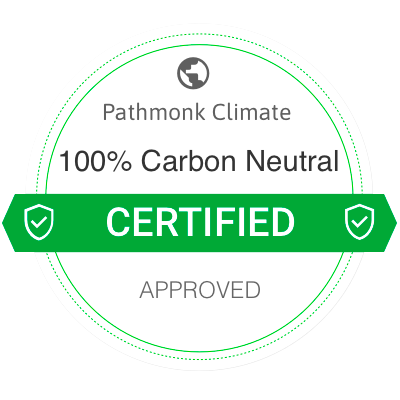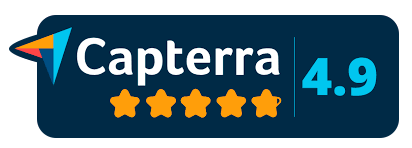GLOSSARY
Conversion rate
The percentage of users who complete a desired action on a website, such as signing up, purchasing, or booking a demo. A core metric in CRO.
It’s where users first interact with your site, making it crucial for grabbing attention and encouraging engagement.
Conversion rate is a core performance metric in digital marketing and website optimization. It tells you how effective your website is at turning visitors into leads or customers. Whether your goal is newsletter subscriptions, product purchases, free trial signups, or contact form submissions, your conversion rate reflects the success of your website’s UX, messaging, and alignment with user intent.
Tracking and improving this number isn’t just about increasing revenue, it’s about maximizing ROI from your existing traffic. A strong conversion rate means your site is working with your audience. A poor one means there’s friction in the journey.
Why is conversion rate important?
Conversion rate is the foundation of any CRO (Conversion Rate Optimization) strategy. It tells you how well your digital experience turns intent into results, whether that’s sales, sign-ups, downloads, or any other business goal.
A high conversion rate means your value proposition, user experience, messaging, and offer are aligned with your audience’s expectations. A low conversion rate, on the other hand, can indicate friction in the user journey, unclear messaging, or misaligned targeting.
Improving your conversion rate increases the ROI of every traffic source, organic, paid, social, referral — because you’re generating more results from the same number of visitors. It’s not just about traffic; it’s about efficiency and performance.
Free template: CRO testing framework
Organize, prioritize, and execute conversion rate optimization tests with our framework.
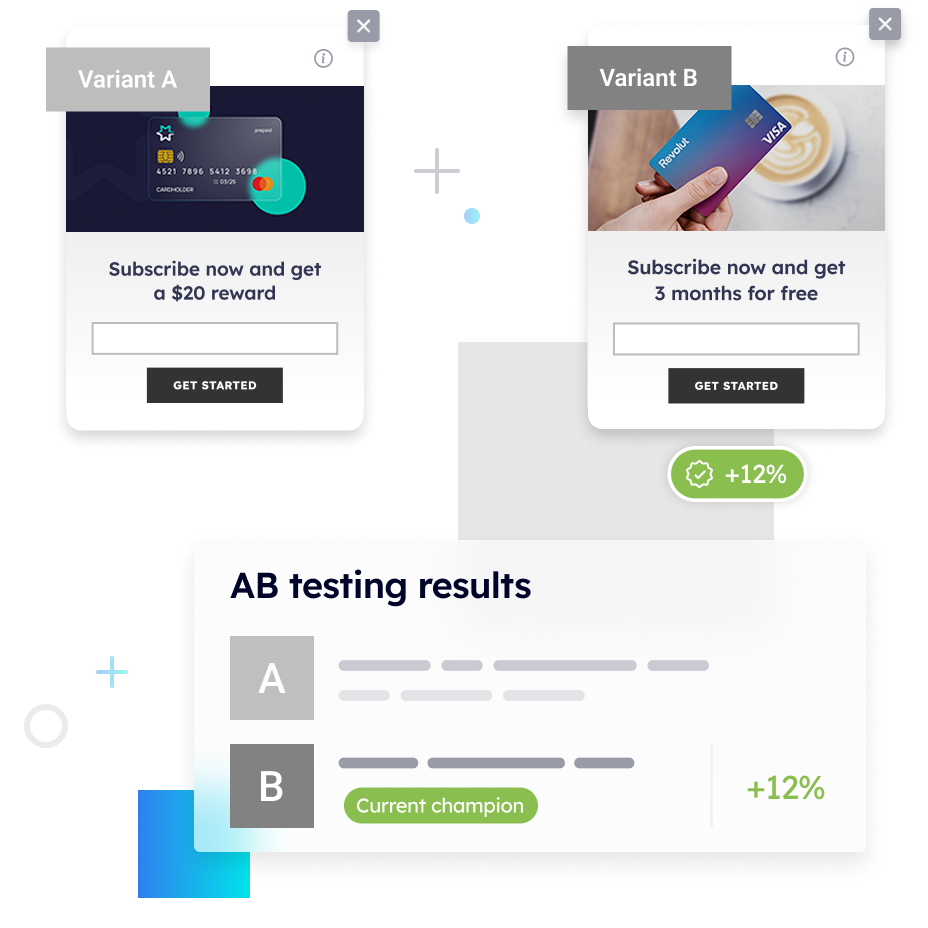
How to calculate conversion rate
The formula is simple:
Conversion Rate = (Conversions / Total Visitors) × 100
For example, if you had 200 conversions from 5,000 visitors in a month:
(200 ÷ 5000) × 100 = 4% conversion rate
But remember: define what counts as a conversion before analyzing, e.g., for SaaS, it might be demo bookings; for ecommerce, purchases.
How to improve your conversion rate
Improving your conversion rate means making your website easier to understand, faster to use, and more aligned with what your visitors actually want. It’s not about pushing harder — it’s about removing the obstacles between intent and action.
- Clarify your value proposition: Make sure your visitors immediately understand what you offer, who it’s for, and how it helps them. Your main headline and subheadline should answer the question: “What’s in it for me?” Don’t bury your value behind abstract wording or feature lists — lead with benefits that speak directly to the user’s goals.
- Improve CTA visibility: Your calls to action should stand out visually and communicate clear benefits. Use contrasting colors, specific and actionable language, and place CTAs where visitors are naturally ready to engage. Don’t rely on just one — repeat key CTAs logically across the page to guide different user segments.
- Optimize forms: Simplify forms to reduce friction. Ask only for essential information, make inputs mobile-friendly, and use autofill and error handling to minimize frustration. Multi-step forms can improve performance for more complex signups by reducing cognitive load.
- Speed up your site: Site speed affects bounce rate and conversion. Compress images, eliminate unnecessary scripts, and choose fast, reliable hosting. Especially on mobile, slow-loading pages lose visitors before they even read your offer.
- Implement Pathmonk’s AI-powered personalization: Instead of treating every visitor the same, Pathmonk personalizes the journey in real time based on behavioral signals. The AI adapts headlines, CTAs, and layouts to match what each user is likely to respond to. This intent-based approach removes friction, increases relevance, and consistently boosts conversions without the need for dev work or constant testing.
- Personalize the experience: Even beyond AI, personalization improves relevance. Segment your audience and tailor content, offers, or images based on user behavior, traffic source, or geography. Users who feel understood are more likely to act.
- Run A/B tests: Testing eliminates guesswork. Create a hypothesis, isolate a single change, and run tests long enough to reach statistical significance. A/B testing helps you identify what’s truly working and where improvements can be made — from headlines to layouts to offers.
- Simplify navigation: Make it easy for visitors to find what they’re looking for. Use intuitive menus, clearly labeled links, and logical content structure. A smooth navigation flow keeps users engaged and reduces drop-off at every stage.
- Use trust elements: Build credibility with your audience. Show reviews, client logos, expert endorsements, security badges, or guarantees. These signals reduce hesitation and make it easier for users to move forward with confidence.
- Reduce cognitive load: Use whitespace, visual hierarchy, and consistent messaging to keep users focused. Avoid overwhelming them with too many options or cluttered designs. When users can scan and understand your offer quickly, they’re far more likely to convert.
Faster and smarter conversion optimization with Pathmonk
Pathmonk transforms conversion optimization by automating intent-based personalization , turning static websites into adaptive experiences.
Instead of relying solely on traffic growth or traditional A/B testing, Pathmonk increases conversion rates by:
- Understanding user intent in real time
- Personalizing experiences based on behavioral signals
- Showing the right message or CTA at the right moment
- Removing friction points for each stage of the buyer’s journey
This AI-powered approach means you’re not just guessing what works — you’re adapting dynamically and continuously improving without the need for multiple tests or dev resources.
Increase +180%
leads
demos
sales
bookings
from your website with AI
Get more conversions from your existing website traffic delivering personalized experiences.
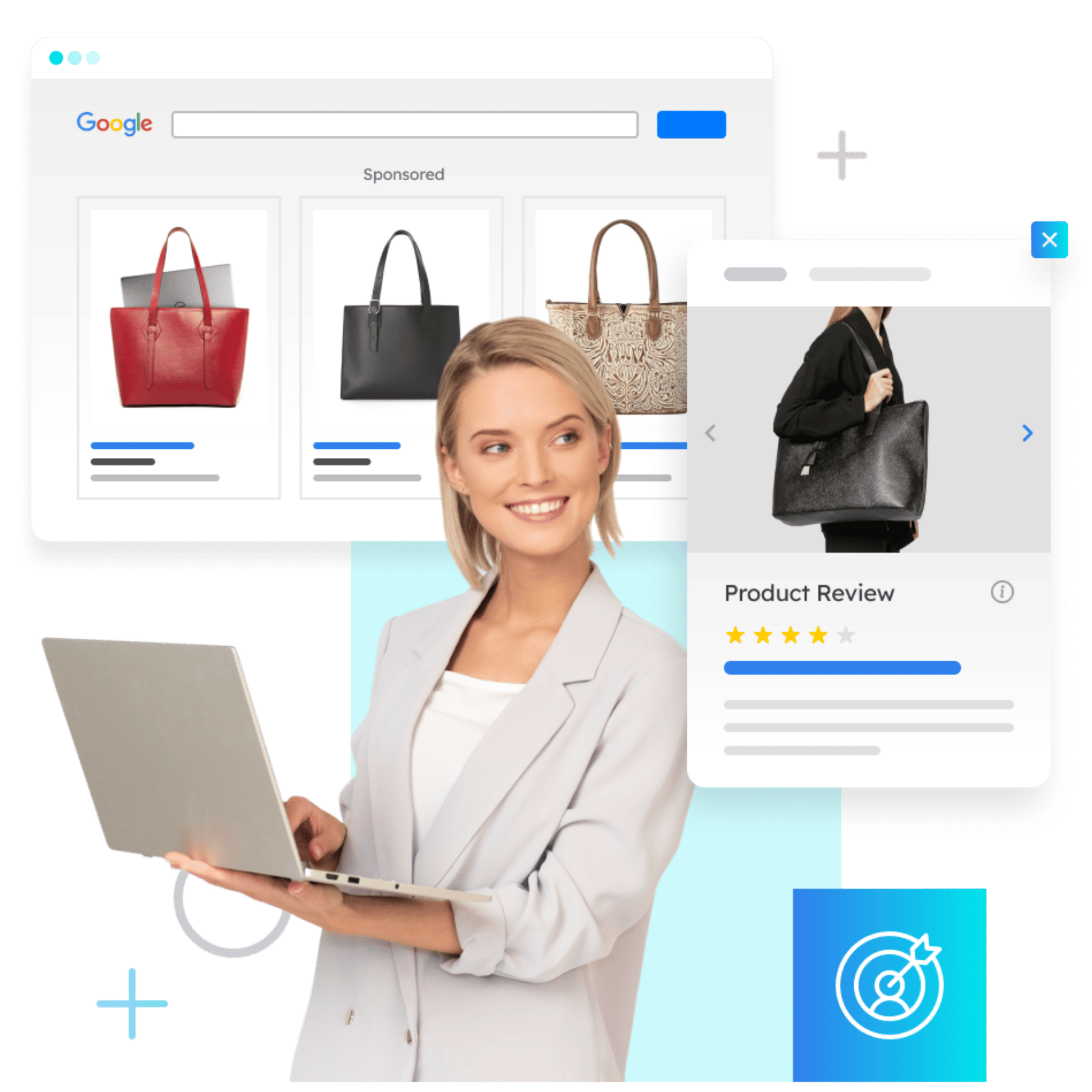
Related articles about conversion rate
- Conversion Rate Optimization Software: Best CRO Tools
- Pricing Split Testing for Increased Conversion Rates
- What Is The Average Free to Paid Conversion Rate SaaS
- CRO Testing: How to Drive Growth Through Experimentation
- CRO Trends Dying in 2023: The End of A/B Testing
FAQs on conversion rate
1. What’s a good conversion rate?
A “good” conversion rate depends heavily on your industry, traffic source, and specific goals. For most websites, an average conversion rate falls between 2% and 5%, but high-performing campaigns in ecommerce, SaaS, or lead gen can exceed 10%. Benchmarks vary — so always compare your metrics to industry standards and previous performance, not just a universal figure.
2. Does traffic quality affect conversion rate?
Yes — dramatically. High-volume traffic doesn’t guarantee high conversions if it’s not aligned with your offer or buyer intent. For example, users from branded search or high-intent landing pages usually convert better than those from broad display or social awareness campaigns. Matching the right audience with the right experience is key.
3. Why is my conversion rate dropping?
A sudden drop in conversion rate could point to UX issues, technical errors, slower page speed, or a misalignment between audience and messaging. It might also result from changes in traffic sources (e.g., more cold traffic), increased competition, or seasonal variations in user behavior. Running diagnostics like session replays, funnel analysis, and form drop-off tracking can help uncover the root cause.
4. How often should I check my conversion rate?
You should monitor conversion rates weekly or monthly, depending on traffic volume and campaign activity. During A/B tests or after major updates (e.g. a new landing page or ad campaign), check more frequently. Consistent tracking helps identify trends early and supports faster optimization decisions.
5. How does conversion rate differ from click-through rate (CTR)?
Click-through rate (CTR) measures how many users clicked a link or CTA — it’s about engagement. Conversion rate, by contrast, measures how many completed the intended action after clicking (like submitting a form or buying a product). CTR gets people in the funnel; conversion rate reflects the funnel’s efficiency.
6. What factors influence conversion rate the most?
Several elements play a key role in influencing your conversion rate, including website speed, clarity of your value proposition, quality of your CTA, and overall user experience. Design trust signals (like testimonials and security badges), relevance of messaging to user intent, and even subtle details like button colors or layout hierarchy can all impact whether a visitor takes action. It’s the combination of what you say, how you say it, and how easy you make it.
7. Should I optimize for overall or per-channel conversion rate?
Both matter, but they serve different purposes. Overall conversion rate gives a big-picture view of how your site is performing, while per-channel conversion rates (e.g., for paid search, organic, email, or referral) tell you which acquisition efforts are most efficient. Optimizing each channel individually allows you to double down on high-performing sources and refine underperforming ones with tailored messaging and landing pages.
8. Can a high conversion rate be a bad thing?
Surprisingly, yes — if it’s too high, it can signal a narrow funnel or overly aggressive targeting. You might be optimizing for only the lowest-hanging fruit, ignoring broader audience segments that need nurturing. In B2B or complex journeys, extremely high conversion rates may also reflect misleading CTAs or low-quality leads who convert easily but don’t retain or buy. Balance conversion volume with lead quality and long-term value.


